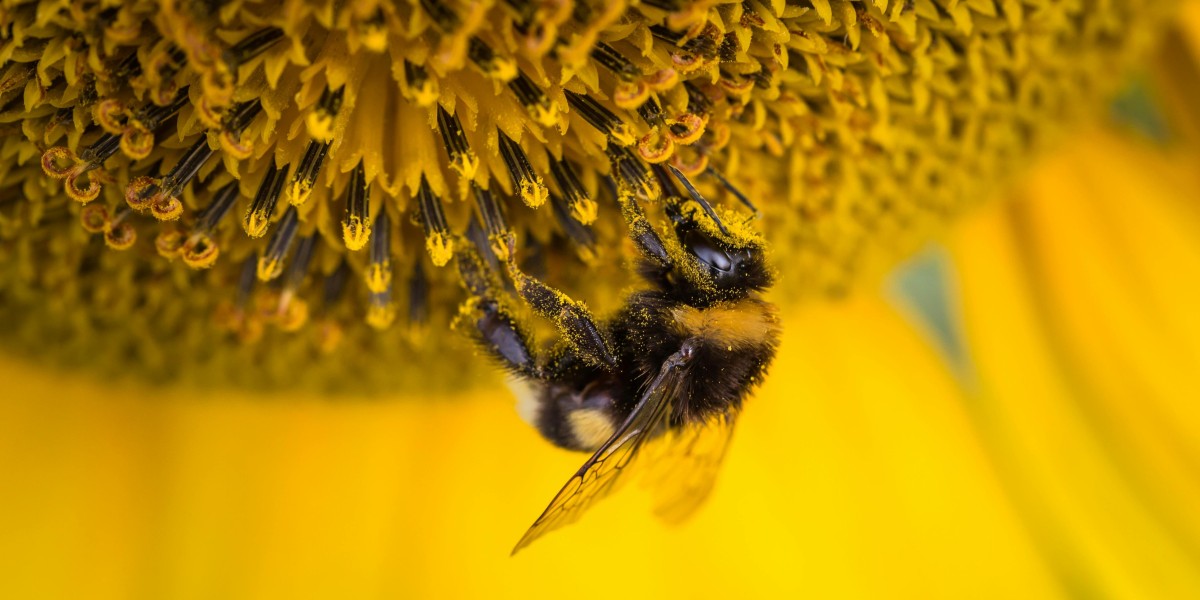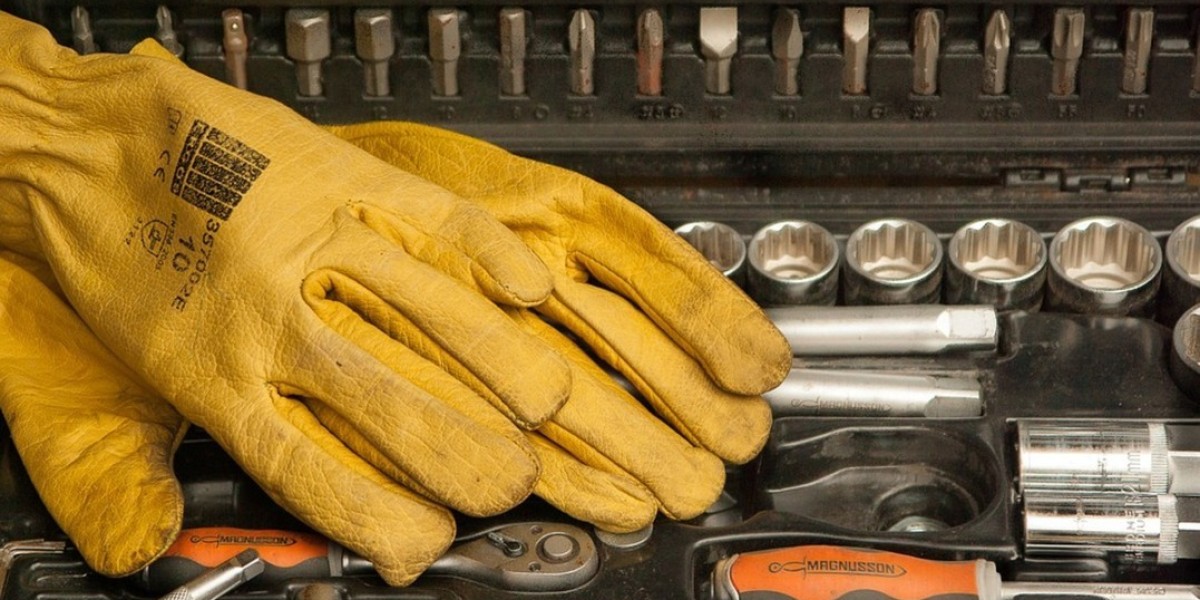Introduction
Bees play a crucial role in maintaining biodiversity and supporting agriculture by pollinating plants. However, when bee colonies settle in residential or commercial areas, they can pose risks to both people and property. In such cases, bee removal and relocation services provide a humane and environmentally responsible solution, ensuring the safety of humans while preserving bee populations. This article explores the importance of bee removal and relocation, the process involved, and why professional services are essential.
The Need for Bee Removal and Relocation
1. Human Safety
While bees are generally not aggressive, they may sting if their hive is threatened. For people with allergies to bee stings, even a single sting can trigger life-threatening reactions, making it important to manage bee colonies located near homes, schools, or workplaces.
2. Property Damage
Bees often build their hives in structures such as walls, roofs, and attics. Over time, the wax and honey produced by the hive can seep into the building, leading to stains, odors, and structural damage. Left untreated, this can result in costly repairs.
3. Environmental Responsibility
With bee populations in decline due to habitat loss, pesticides, and disease, it is critical to protect and preserve bees whenever possible. Relocating bee colonies rather than exterminating them helps support these essential pollinators and maintain the ecological balance.
The Bee Removal and Relocation Process
The process of bee removal and relocation requires specialized skills and equipment to ensure that the bees are safely removed without harm. Here's a step-by-step look at how it works:
1. Initial Assessment
A professional bee removal expert will first inspect the property to determine the size and location of the hive. This assessment is crucial for developing an effective removal strategy and ensuring the safety of everyone involved.
2. Safe Bee Removal
Using protective gear and specialized tools, the bee removal technician will carefully extract the bees from their hive. Methods like smoke may be used to calm the bees, reducing the risk of aggression. A bee vacuum, which gently collects the bees without harming them, is often employed to ensure the safe capture of the colony.
3. Hive Removal and Cleanup
Once the bees are removed, the hive itself must be carefully extracted from the structure. Any leftover wax, honey, or debris is cleaned up to prevent future infestations and eliminate attractants for other bees or pests. In cases where bees have nested inside walls or roofs, this step is especially important for avoiding property damage.
4. Relocation
After removal, the bees are relocated to a safe and suitable environment, often with local beekeepers or in conservation areas. The bees continue their essential role in pollination without posing risks to human populations. This humane approach supports local agriculture and helps maintain healthy bee populations.
5. Preventive Measures
To prevent future infestations, bee removal services often include sealing any potential entry points or structural vulnerabilities where bees may build new hives. This proactive approach helps protect the property and ensures that the bees do not return.
The Benefits of Professional Bee Removal and Relocation
1. Humane Treatment of Bees
Professional bee removal and relocation services prioritize the humane treatment of bees. Instead of exterminating the colony, experts relocate the bees to an environment where they can thrive, ensuring their important pollination work continues.
2. Expert Knowledge and Safety
Bee removal professionals have the training and experience to handle bee colonies safely and efficiently. They know how to manage different bee species, use proper equipment, and mitigate risks such as stings or damage to property. Attempting to remove bees without proper expertise can be dangerous and ineffective.
3. Support for the Environment
With the ongoing decline of global bee populations, relocating bees is a vital step in protecting the environment. By saving bee colonies and relocating them to areas where they can thrive, professional services contribute to sustaining the ecosystems that depend on bees for pollination.
4. Preventing Long-Term Damage
Removing a bee hive from a building is only part of the solution. Professional services ensure that all remnants of the hive are removed and that any necessary repairs are made to prevent structural damage. They also provide advice on how to avoid future infestations.
5. Legal and Environmental Compliance
In many regions, certain bee species are protected by law due to their ecological importance. Professional bee removal services are knowledgeable about these regulations and ensure compliance with local environmental laws, preventing legal issues while promoting responsible bee conservation.
When to Call a Bee Removal Service
It’s important to contact a bee removal and relocation service if you observe any of the following:
- A visible bee hive in or near your home or business
- Large numbers of bees congregating in specific areas, such as roof eaves or wall cavities
- Buzzing sounds coming from walls, attics, or chimneys
- Bees entering and exiting small gaps or cracks in buildings
Attempting to handle a bee infestation on your own can lead to unnecessary risks. Professional services not only ensure the safe removal of bees but also provide peace of mind, knowing that the bees are being relocated humanely and the problem is thoroughly addressed.
Conclusion
Bee removal and relocation services offer a humane and effective solution to managing bee infestations in urban and suburban environments. By removing bees safely and relocating them to appropriate areas, these services protect both human populations and the environment. As bee populations face numerous threats, professional relocation is a critical step in preserving these vital pollinators, supporting ecosystems, and ensuring that our food systems remain productive and sustainable.



